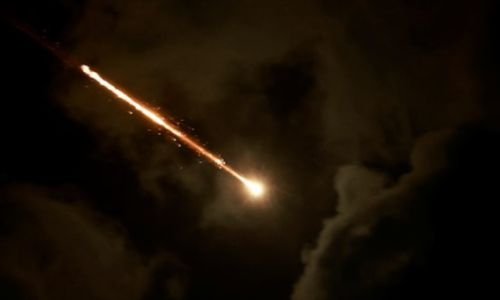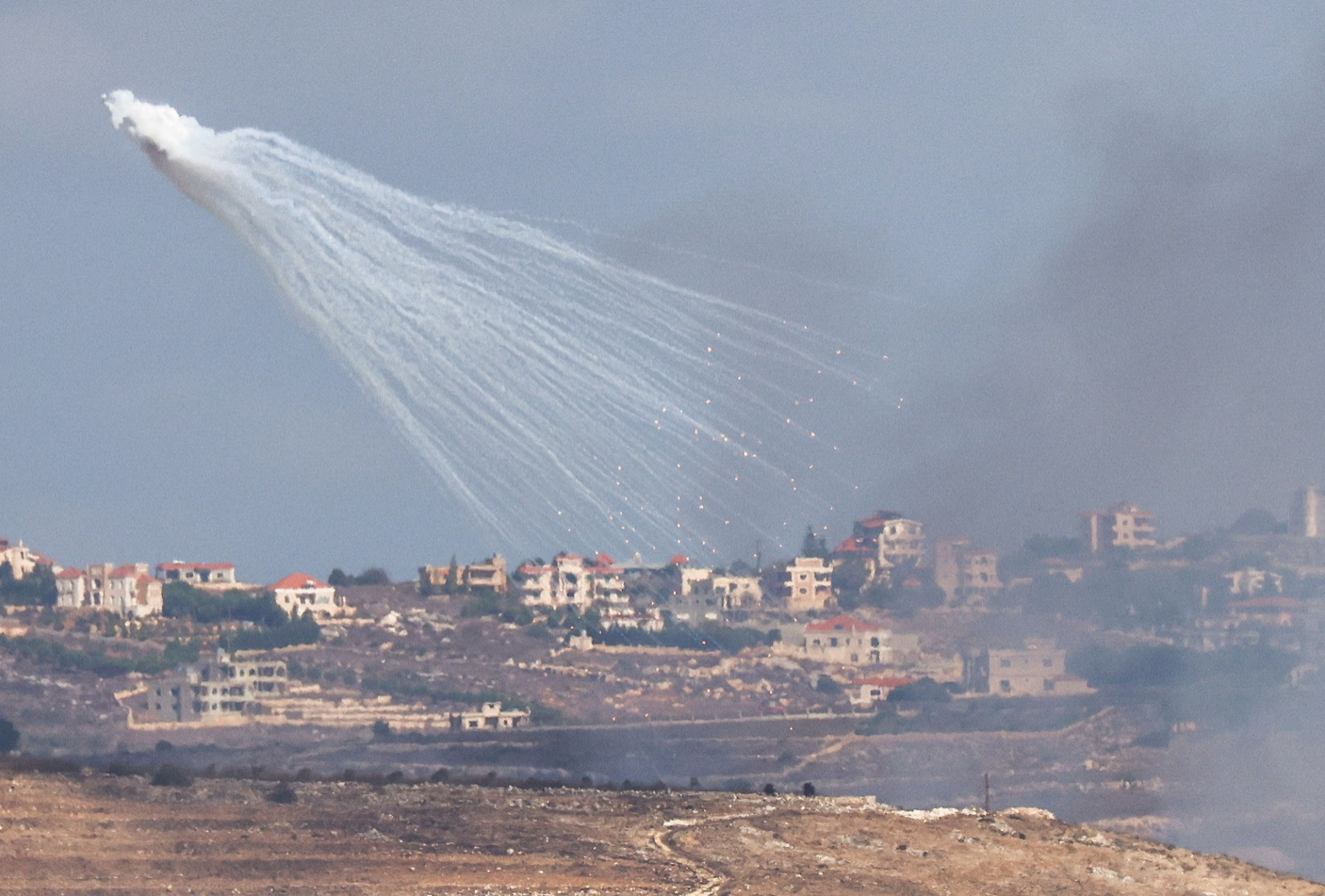Iranian missile strike shows capability for greater scale, complexity: experts
TDT | agencies
The Daily Tribune - www.newsofbahrain.com
Email: editor@newsobahrain.com
The Iranian ballistic missile attack against Israel on Tuesday was larger, more complex and involved more advanced weapons than the strikes in April, experts say, putting greater stress on missile defences and allowing more warheads to get through.
Although debris from the more than 180 missiles is still being collected and analysed, experts say the latest attacks appear to have used Iran's Fattah-1 and Kheybarshekan missiles, both of which have a reported range of about 1,400 kilometres (870 miles).
Iran has said both missiles have manoeuvring warheads, which can make defence more difficult, and use solid fuel, meaning they can be launched with little warning.
"Shorter launch prep means those missiles arrive all at once to further stress the defence," said Jeffrey Lewis, director of the East Asia Nonproliferation Programme at the James Martin Center for Nonproliferation Studies at the Middlebury Institute of International Studies in California."
The (warheads) can manoeuvre a bit to complicate interceptor allocation, and manoeuvring means they can strike with better accuracy to actually hit targets after they are through." Some Fattah-1 missiles were used in the April strike, which was largely defeated by U.S. and Israeli missile defences.
But most were liquid-fuelled Emad ballistic missiles, which had a reported failure rate of 50%, Lewis said, and only enough accuracy to hit a target more than 1 km in diameter. By contrast, Iran has said its more advanced ballistic missiles have a "circular error probable" of about 20 metres, meaning half of all the missiles fired at a target will land within 20 metres of it.
They are "Iran's most advanced ballistic missiles capable of reaching Israel", said Fabian Hinz, research associate for defence and military affairs at the International Institute for Strategic Studies (IISS).
FIERY DEBRIS Videos of Tuesday's attack appeared to show missile re-entry vehicles - which carry their warheads - or fiery debris reaching the ground.
Some were intercepted, including several above the earth's atmosphere. The Pentagon said that two U.S. Navy destroyers fired about a dozen interceptors against the Iranian ballistic missiles.
Ankit Panda of the U.S.-based Carnegie Endowment for International Peace said that direct comparisons with the April strikes would be difficult because not just the weapons, but the structure of the attack and the defences had all changed.
Related Posts


